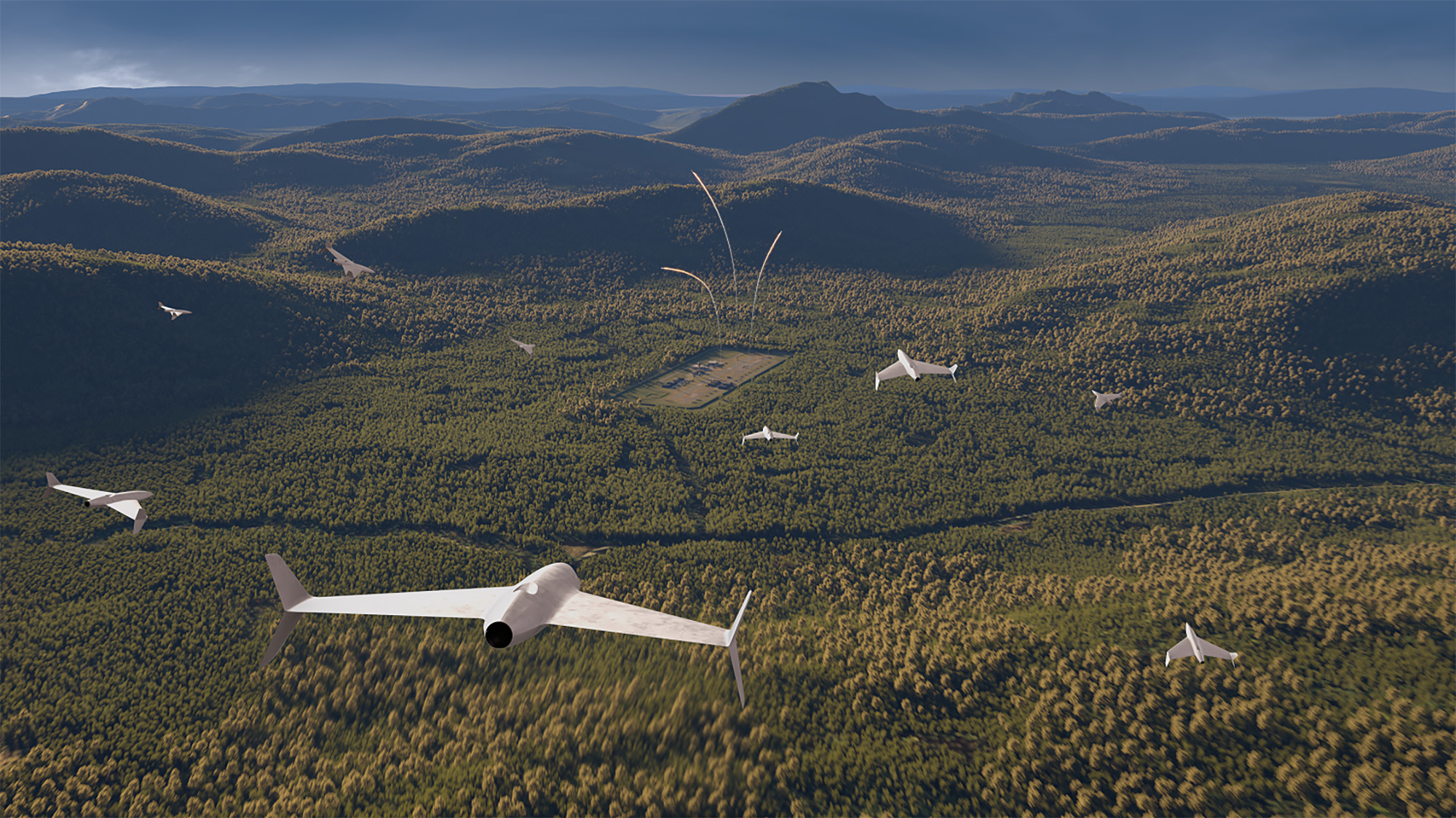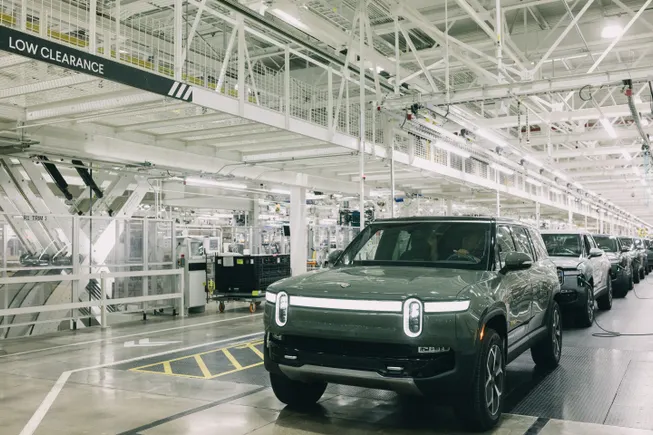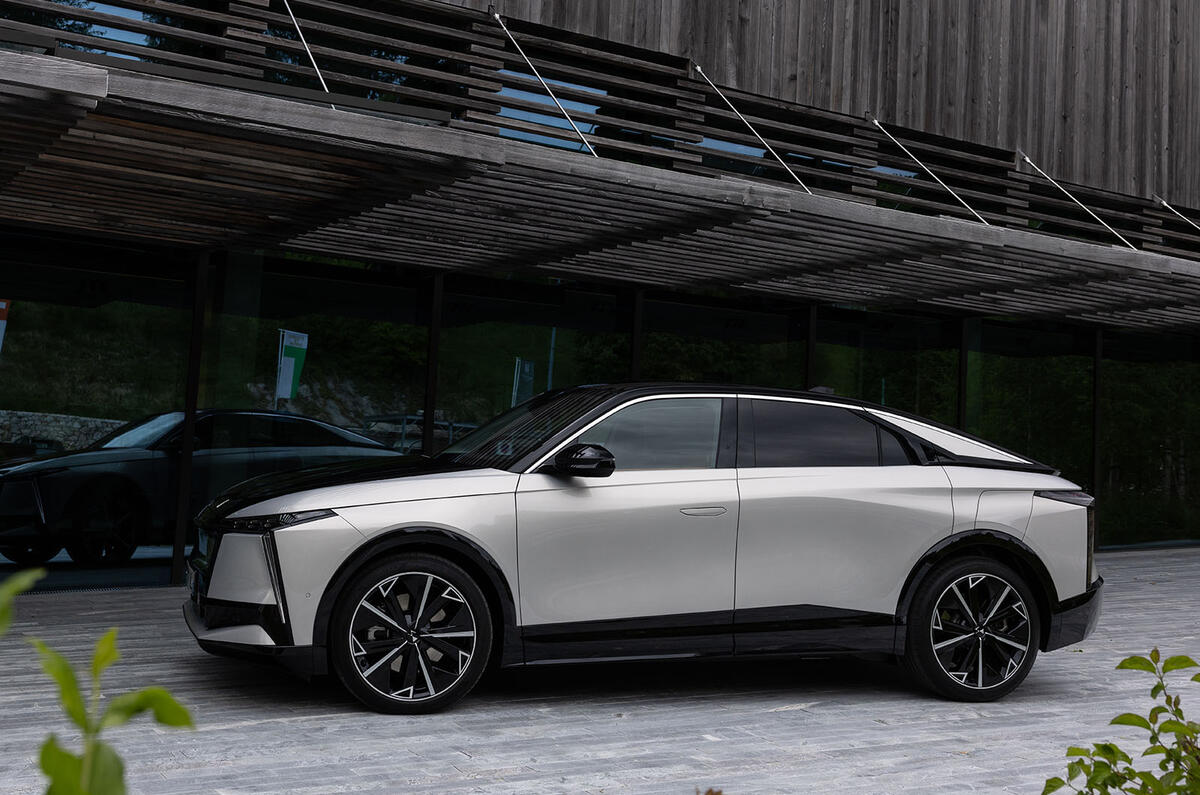Volkswagen plotting ID 2 R with 400bhp and in-wheel motors
Four-wheel drive hot hatch will use groundbreaking tech to pave the way for future R cars Volkswagen is exploring plans for a high-performance ID 2 R, which could be its first model to use in-wheel motors as part of a new four-wheel drive system. The hot hatchback is claimed to be part of a broader engineering initiative, led by the R performance brand, to explore the potency and torque-vectoring potential of hub motors. If given the green light, the ID 2 R would sit above the already announced ID 2 GTI – and potentially even be pitched against the mega-powered Renault 5 Turbo 3E. The drivetrain under consideration for the ID 2 R retains the front-mounted electric motor and power electronics of its GTI sibling but adds two independently controlled electric hub motors within the rear wheels. This would provide a significant boost in performance and four-wheel drive without compromising boot space. Volkswagen officials have confirmed the ID 2 will make its debut in 2026, with the heavily related ID 2 crossover arriving in 2027. Sources at the firm’s Wolfsburg HQ in Germany suggest the potent R version is being developed with input from a technical partner based in the Balkans that is believed to specialise in lightweight, high-output in-wheel motor systems. Combined with predictive torque distribution, brake-based yaw control and dynamic drive modes, the system is claimed to offer genuine hyper-hatch performance and agility without the bulk and cost of a conventional dual-motor set-up. However, Autocar has also been told that it would not require expensive modifications to the ID 2’s ‘MEB Plus’ platform to accommodate a second, rear-mounted motor, should VW opt to offer the same performance from a more conventional setup instead. The smallest MEB-based car currently available with dual motors is the Skoda Elroq vRS, which is 400mm longer than the ID 2 concept. With the front-wheel-drive ID 2 GTI set to deliver as much as 286bhp, it is expected that the ID 2 R will deliver in the region of 400bhp or more from its trio of electric motors. Volkswagen’s R division is understood to be focusing on minimising the weight penalty, ensuring the ID 2 R remains relatively light and responsive by class standards while delivering the traction and acceleration expected of a four-wheel-drive model – hence the experimentation with lighter in-wheel motor technology. The target is to match or exceed the performance and handling of today’s warmed-up GTX EVs, such as the ID 3 GTX, but with a smaller footprint and at a more affordable price. R division insiders hint that the ID 2 R could receive bespoke bodywork, chassis tuning and interior elements to distinguish it from the upcoming ID 2 GTI. Though not officially confirmed, it is seen as a spiritual successor to the 151mph Polo R WRC hot hatch of 2012 and a showcase for affordable electric performance technology. The implications for the rest of the MEB Plus line-up are equally significant. By packaging the rear drive components entirely within the back wheels, VW can extend four-wheel-drive capability to compact crossovers and SUVs without packaging compromises. That could pave the way for the ID 2 crossover to be offered as a baby off-roader, like the upcoming dual-motor Renault 4 and Fiat Grande Panda. This approach could also allow four-wheel-drive variants of future Volkswagen electric models, including the electric Golf – based on the next-gen SSP architecture – to retain the same boot volume, floor height and interior flexibility as the front-driven derivatives. It is also claimed to help streamline platformsharing, giving Volkswagen the ability to build front-, rear- and four-wheeldrive models on a single architecture with minimal hardware divergence.
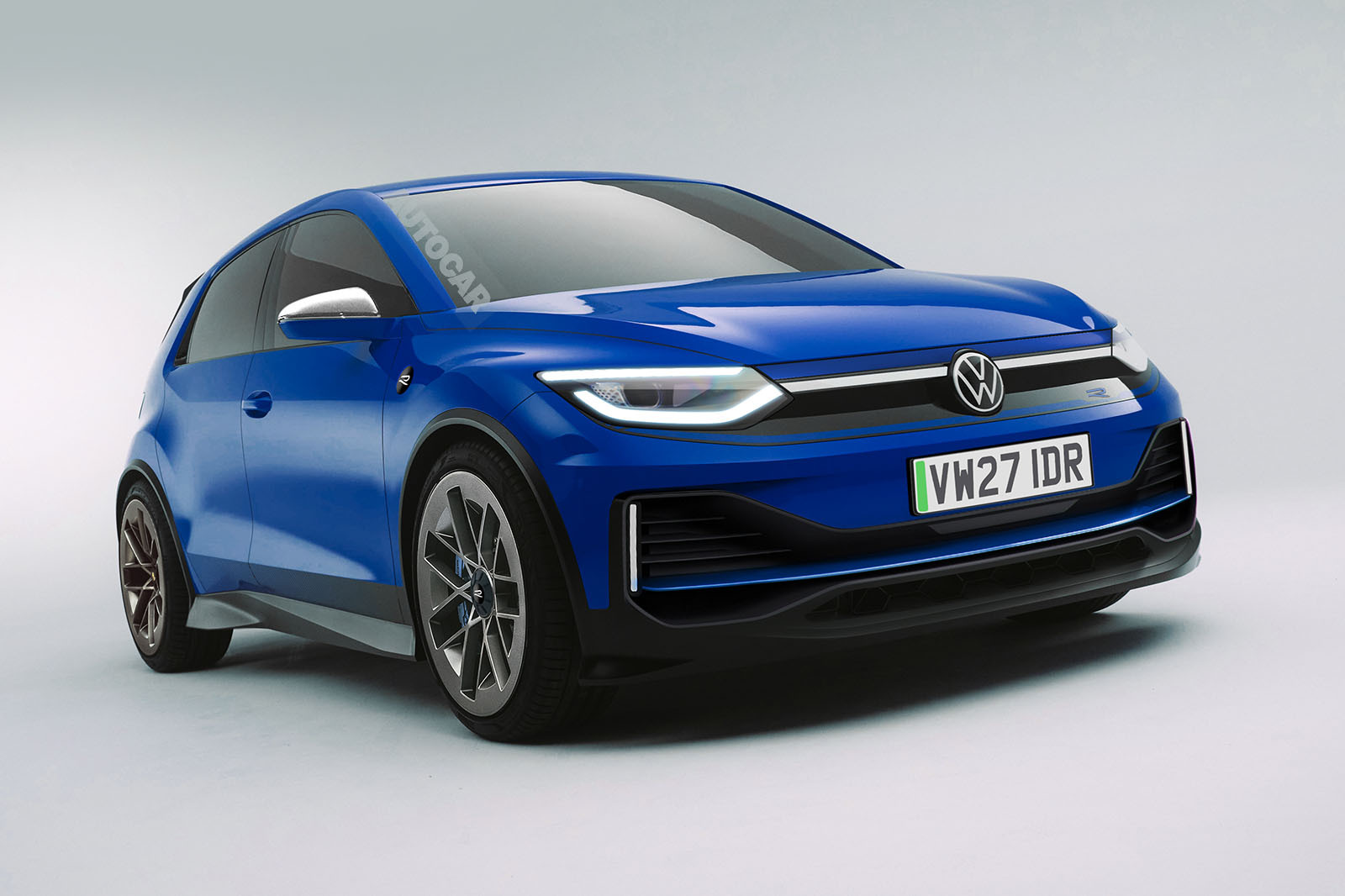
 Four-wheel drive hot hatch will use groundbreaking tech to pave the way for future R cars
Four-wheel drive hot hatch will use groundbreaking tech to pave the way for future R cars
Volkswagen is exploring plans for a high-performance ID 2 R, which could be its first model to use in-wheel motors as part of a new four-wheel drive system.
The hot hatchback is claimed to be part of a broader engineering initiative, led by the R performance brand, to explore the potency and torque-vectoring potential of hub motors. If given the green light, the ID 2 R would sit above the already announced ID 2 GTI – and potentially even be pitched against the mega-powered Renault 5 Turbo 3E.
The drivetrain under consideration for the ID 2 R retains the front-mounted electric motor and power electronics of its GTI sibling but adds two independently controlled electric hub motors within the rear wheels. This would provide a significant boost in performance and four-wheel drive without compromising boot space.
Volkswagen officials have confirmed the ID 2 will make its debut in 2026, with the heavily related ID 2 crossover arriving in 2027.
Sources at the firm’s Wolfsburg HQ in Germany suggest the potent R version is being developed with input from a technical partner based in the Balkans that is believed to specialise in lightweight, high-output in-wheel motor systems. Combined with predictive torque distribution, brake-based yaw control and dynamic drive modes, the system is claimed to offer genuine hyper-hatch performance and agility without the bulk and cost of a conventional dual-motor set-up.
However, Autocar has also been told that it would not require expensive modifications to the ID 2’s ‘MEB Plus’ platform to accommodate a second, rear-mounted motor, should VW opt to offer the same performance from a more conventional setup instead. The smallest MEB-based car currently available with dual motors is the Skoda Elroq vRS, which is 400mm longer than the ID 2 concept.
With the front-wheel-drive ID 2 GTI set to deliver as much as 286bhp, it is expected that the ID 2 R will deliver in the region of 400bhp or more from its trio of electric motors.
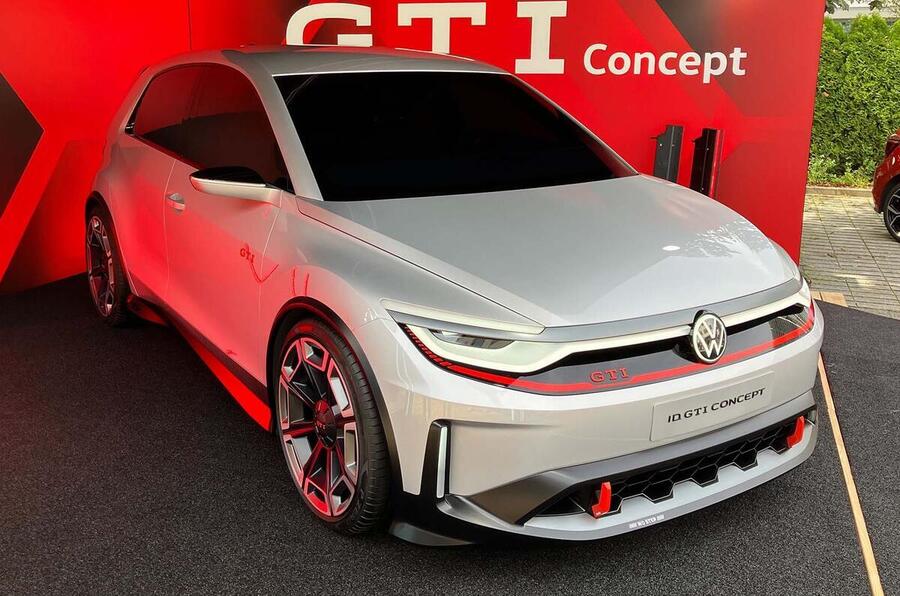
Volkswagen’s R division is understood to be focusing on minimising the weight penalty, ensuring the ID 2 R remains relatively light and responsive by class standards while delivering the traction and acceleration expected of a four-wheel-drive model – hence the experimentation with lighter in-wheel motor technology.
The target is to match or exceed the performance and handling of today’s warmed-up GTX EVs, such as the ID 3 GTX, but with a smaller footprint and at a more affordable price.
R division insiders hint that the ID 2 R could receive bespoke bodywork, chassis tuning and interior elements to distinguish it from the upcoming ID 2 GTI. Though not officially confirmed, it is seen as a spiritual successor to the 151mph Polo R WRC hot hatch of 2012 and a showcase for affordable electric performance technology.
The implications for the rest of the MEB Plus line-up are equally significant. By packaging the rear drive components entirely within the back wheels, VW can extend four-wheel-drive capability to compact crossovers and SUVs without packaging compromises. That could pave the way for the ID 2 crossover to be offered as a baby off-roader, like the upcoming dual-motor Renault 4 and Fiat Grande Panda.
This approach could also allow four-wheel-drive variants of future Volkswagen electric models, including the electric Golf – based on the next-gen SSP architecture – to retain the same boot volume, floor height and interior flexibility as the front-driven derivatives.
It is also claimed to help streamline platformsharing, giving Volkswagen the ability to build front-, rear- and four-wheeldrive models on a single architecture with minimal hardware divergence.












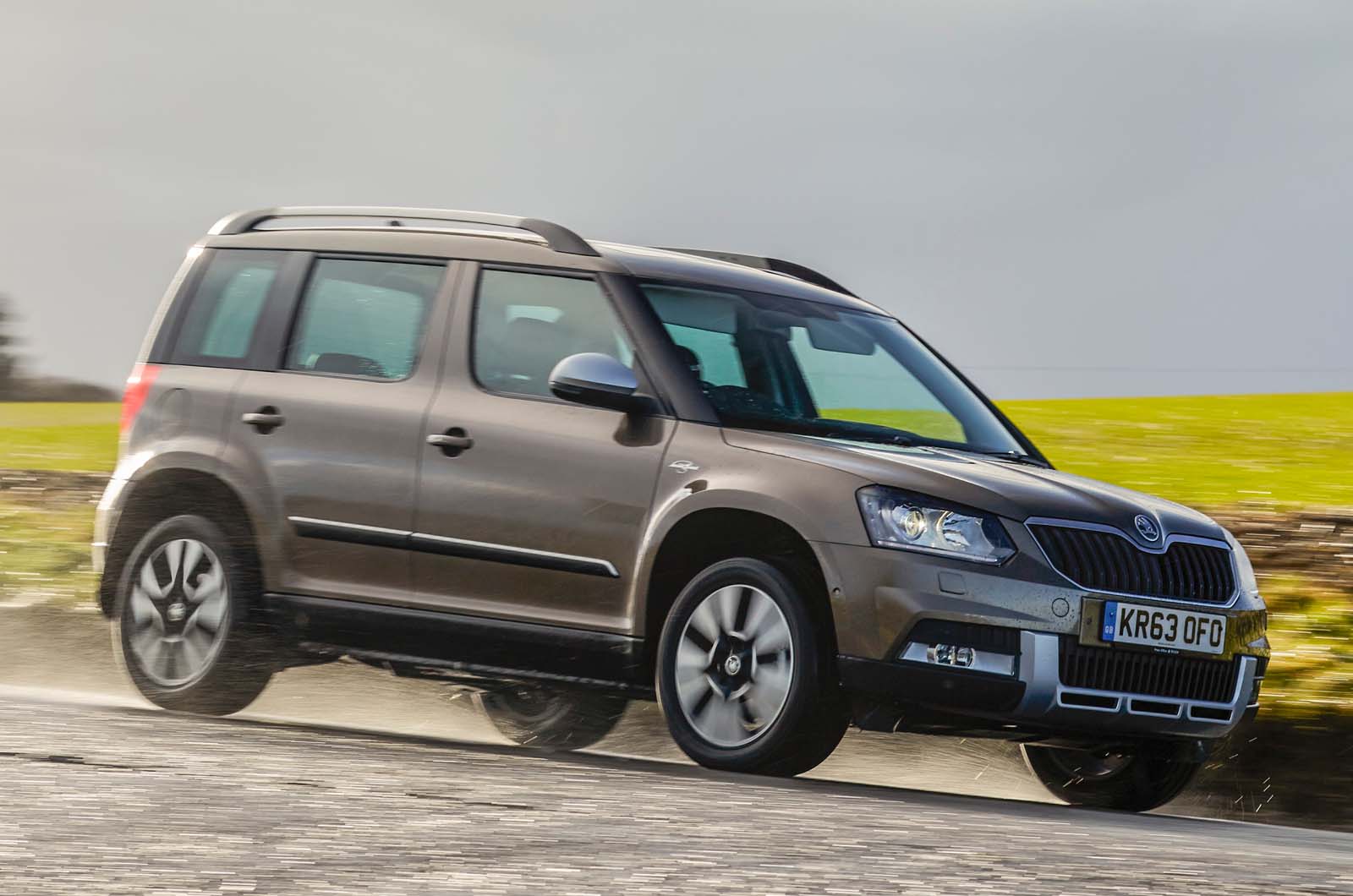

















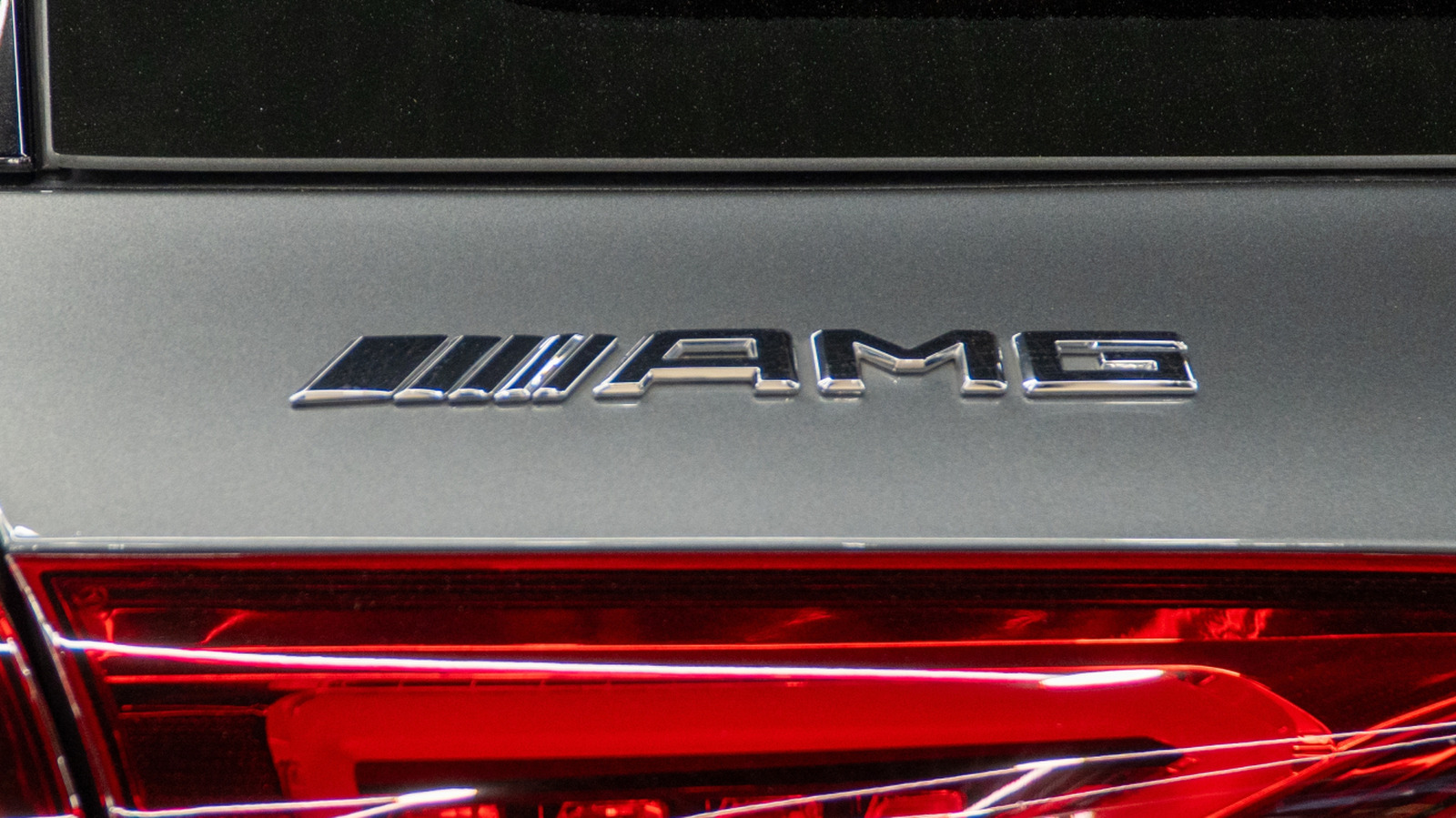































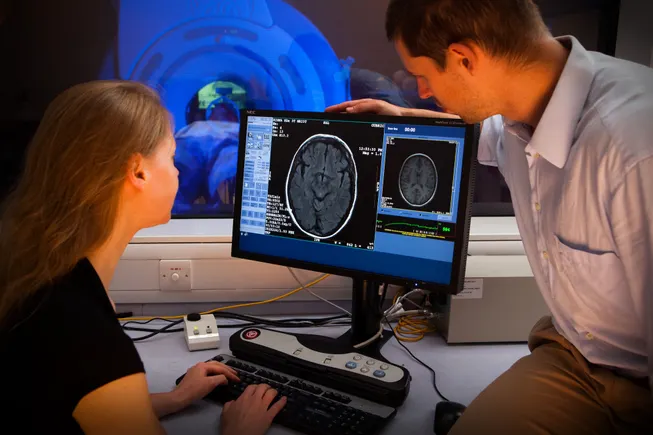
























![The American contingent and Turkey’s autonomy goals: Paris Air Show Day 3 [Video]](https://breakingdefense.com/wp-content/uploads/sites/3/2025/06/Wednesday-Wrap.00_00_32_21.Still001.png?#)
![A look at the jets flying high above the Paris Air Show [PHOTOS]](https://breakingdefense.com/wp-content/uploads/sites/3/2025/06/Rafale_02-scaled-e1750268097167.jpg?#)















